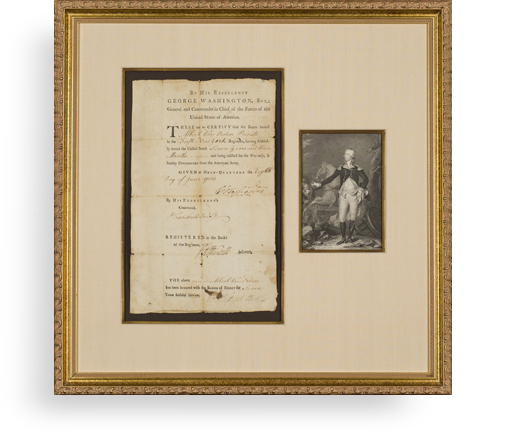Josephine Bonaparte Looks to America to Enrich Her Great Garden at the Bonaparte Estate


Days before being crowed Empress: “Gather for me a large quantity of plants seeds from North America… you cannot be unaware that the cultivation of foreign plants is one of my great joys.”.
In 1795, Josephine met Napoléon Bonaparte, six years her junior, and became his mistress. In a letter to her in December, he wrote, "I awake full of you. Your image and the memory of last night’s intoxicating pleasures has left no rest to my senses." In January 1796, Napoleon Bonaparte proposed to...
In 1795, Josephine met Napoléon Bonaparte, six years her junior, and became his mistress. In a letter to her in December, he wrote, "I awake full of you. Your image and the memory of last night’s intoxicating pleasures has left no rest to my senses." In January 1796, Napoleon Bonaparte proposed to her and they married on March 9.
Josephine bought the manor house Malmaison in April 1799 for herself and her husband, at that time away fighting the Egyptian Campaign. Malmaison was a run-down estate, seven miles west of central Paris that encompassed nearly 150 acres of woods and meadows.
Josephine endeavored to transform the large estate into "the most beautiful and curious garden in Europe, a model of good cultivation". Like her conquering husband, she collected showpieces from around the world, locating rare and exotic plants and animals to enhance the gardens. She was particularly interested in the seeds and plants of the New World. Birds and animals of all sorts began to enrich her garden, where they were allowed to roam free among the grounds. At the height of her days at Malmaison, Josephine's garden was renowned, consisting of plants and flowers (particularly roses), mixing with the company of kangaroos, emus, black swans, zebras, sheep, gazelles, ostriches, chamois, a seal, antelopes and llamas. Napoleon’s personal secretary would later write, “Nowhere except in the field of battle, did I ever see Bonaparte more happy than in the gardens of Malmaison.”
In 1804, a young Swiss botanist Jacques Roux-Bordier, approached Josephine with a project. He would go America to study and collect specimens, and she would receive seeds and other specimens from his work.
Letter signed, July 22, 1804, Malmaison to the French Consul at Boston, Mr. Girault.
"I take the opportunity, Monsieur le Consul, provided to me by Mr. Roux Bordier, to remind you of the requests I made in my last letter. Please be good enough to gather for me a large quantity of plants seeds from North America; that would be an act of kindness of which I would be very sensible, for you cannot be unaware that the cultivation of foreign plants is one of my great joys.
"Mr. Roux Bordier is a botanist who is full of zeal in his work; he wants to enrich the soil of France with the most precious productions of vegetation in the United States, and will send me the seed collections which he will form; I wish you to assist him with all your power in the execution of his projects and to accord him the protection which he has the right to hope for from you as a Frenchman and a scholar."
On December 2, just months after this letter, Napoleon would be crowned Emperor and Josephine his Empress. As for Roux-Bordier, he was a member of the literary and scientific circle at Lyon that included pioneer of electromagnetism André-Marie Ampère.

Frame, Display, Preserve
Each frame is custom constructed, using only proper museum archival materials. This includes:The finest frames, tailored to match the document you have chosen. These can period style, antiqued, gilded, wood, etc. Fabric mats, including silk and satin, as well as museum mat board with hand painted bevels. Attachment of the document to the matting to ensure its protection. This "hinging" is done according to archival standards. Protective "glass," or Tru Vue Optium Acrylic glazing, which is shatter resistant, 99% UV protective, and anti-reflective. You benefit from our decades of experience in designing and creating beautiful, compelling, and protective framed historical documents.
Learn more about our Framing Services








































































































